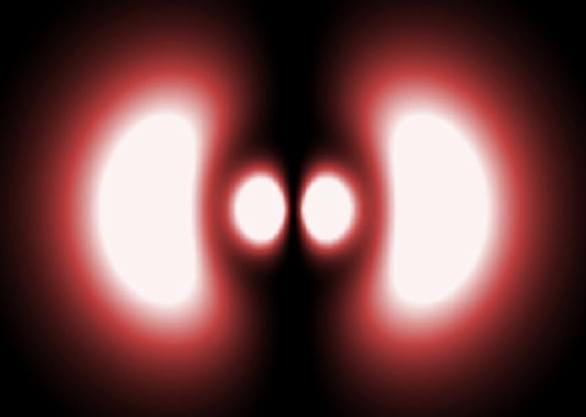Circa 2016
I use my thoughts and a brain-computer interface to swoop through the air.
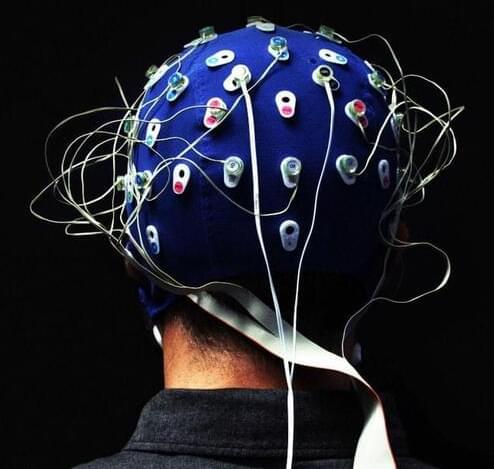
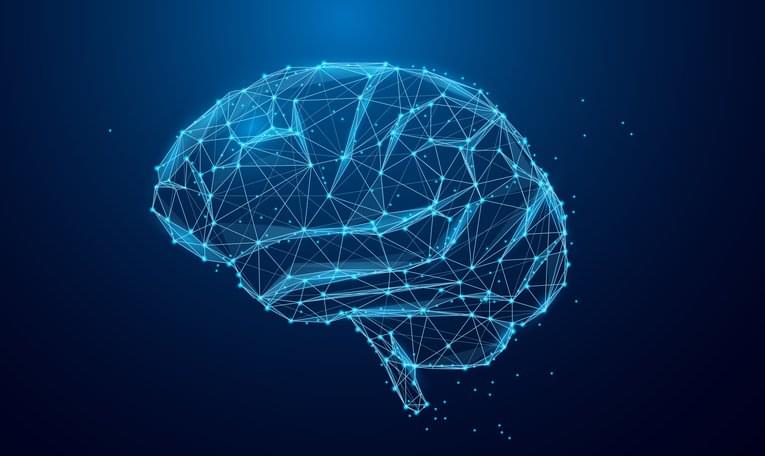
😳!!!!!
In a milestone that could turn sci-fi into fact, the first U.S. clinical trial of a brain implant that returns the power of communication to severely paralyzed people has begun. | In a milestone that could turn sci-fi into fact, the first U.S. clinical trial of a brain implant that returns the power…

GM unveiled Monday evening the Chevrolet Blazer EV, an all-electric SUV with up to 320 miles of range and a starting price of $48,000 that CEO and Chairman Mary Barra hopes will supercharge her bid to surpass Tesla in U.S. EV sales by 2025.
The Chevrolet Blazer EV, which will go on sale in 2023 as a 2024 model year, isn’t the only impending GM electric vehicle. A slew of Cadillac and Chevy EVs are also making their way to market. But the Blazer, at its more affordable price point and in the lucrative SUV segment, could kick-start GM’s sales goals.
Internally, the confidence is high. Blazer is going be a massive statement and illustrate how GM can hit big volume segments, according to Scott Bell, Global VP of Chevrolet.
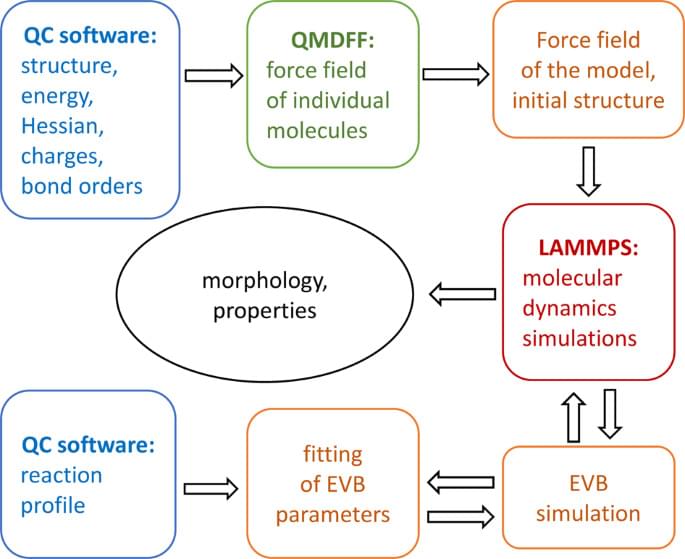
Circa 2021 force field this can also shield the earth or cities.
The computational design of functional materials relies heavily on large-scale atomistic simulations. Such simulations are often problematic for conventional classical force fields, which require tedious and time-consuming parameterization of interaction parameters. The problem can be solved using a quantum mechanically derived force field (QMDFF)—a system-specific force field derived directly from the first-principles calculations. We present a computational approach for atomistic simulations of complex molecular systems, which include the treatment of chemical reactions with the empirical valence bond approach. The accuracy of the QMDFF is verified by comparison with the experimental properties of liquid solvents.
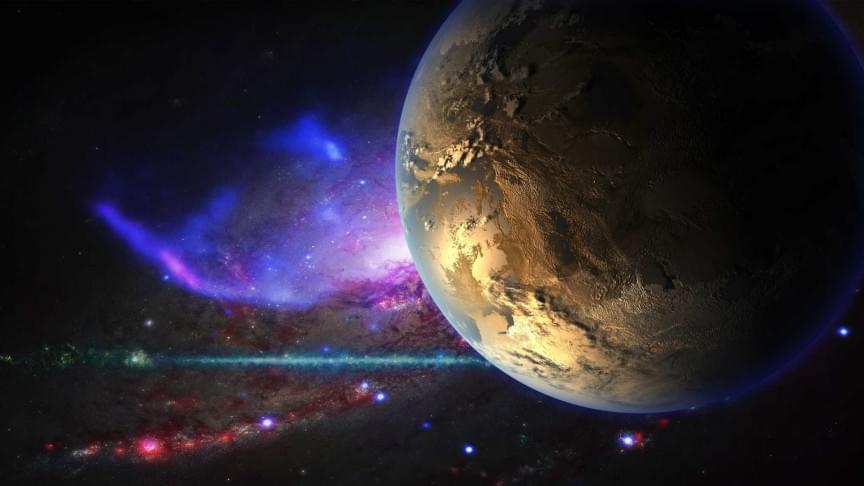


Passengers travelling on a Spanish train were alarmed as their train momentarily stopped and wildfires could be seen on both sides of the track.
The footage was captured in the Spanish province of Zamora.
A spokesperson from rail operator Adif told the Associated Press that the passengers were never in danger.
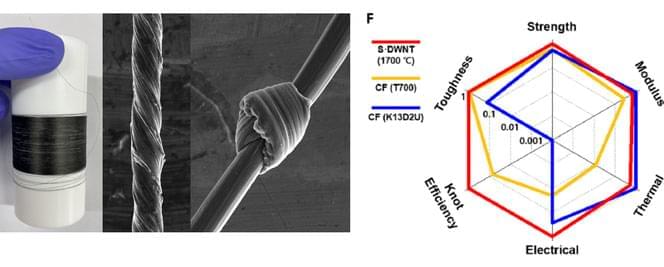
A space elevator, a technology connecting the Earth’s surface to a space station, would allow for the cost-efficient transport of people and materials. However, a very light yet strong material is essential to making such a technology a reality.
The carbon nanotube is a material that is 100 times stronger, yet four times lighter, than steel, with copper-like high electrical conductivity and diamond-like thermal conductivity. However, previous carbon nanotube fibers were not ideal for extensive use, owing to the small contact area with adjacent carbon nanotubes and limited length they possessed.
Figure 1. Schematic of the structural changes of carbon nanotubes at different annealing temperatures. (Image: Korea Institute of Science and Technology)

